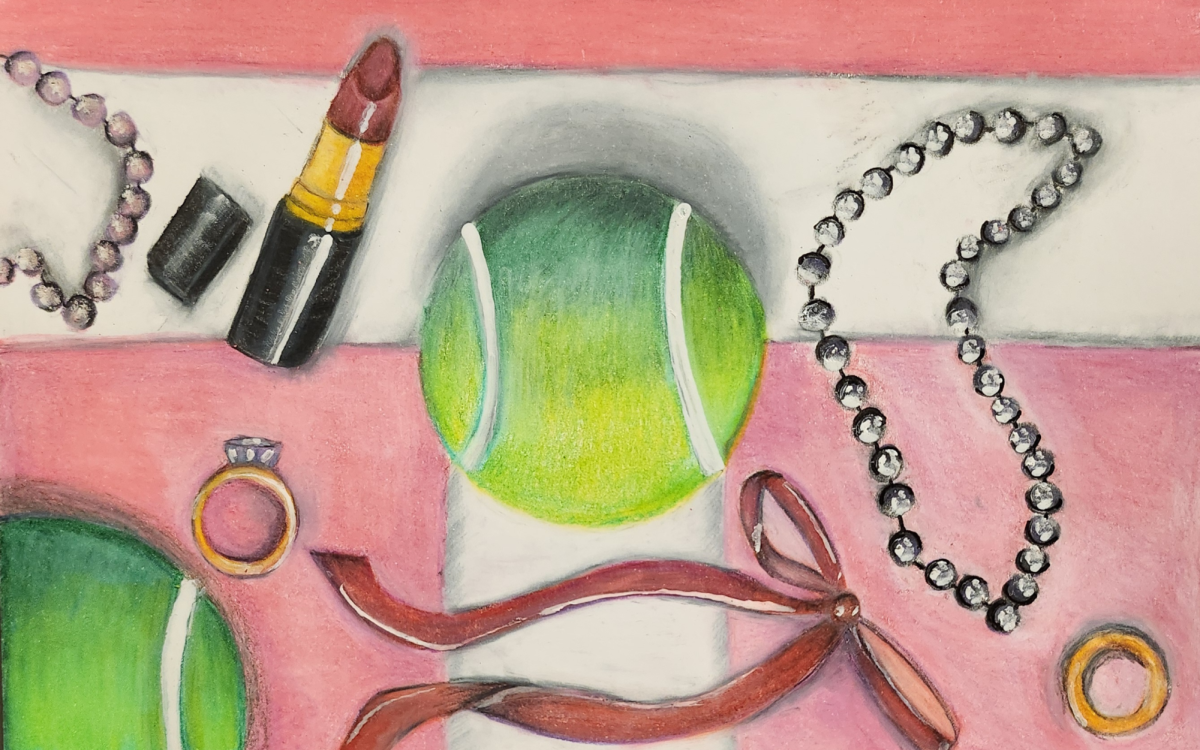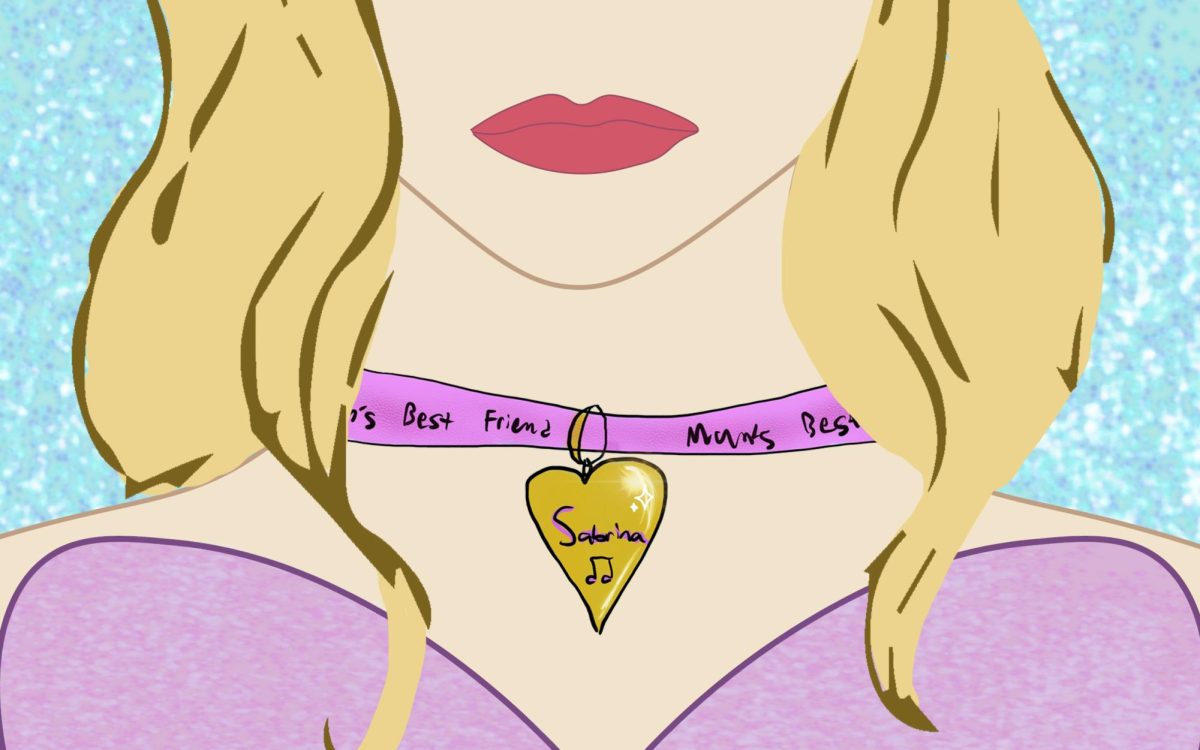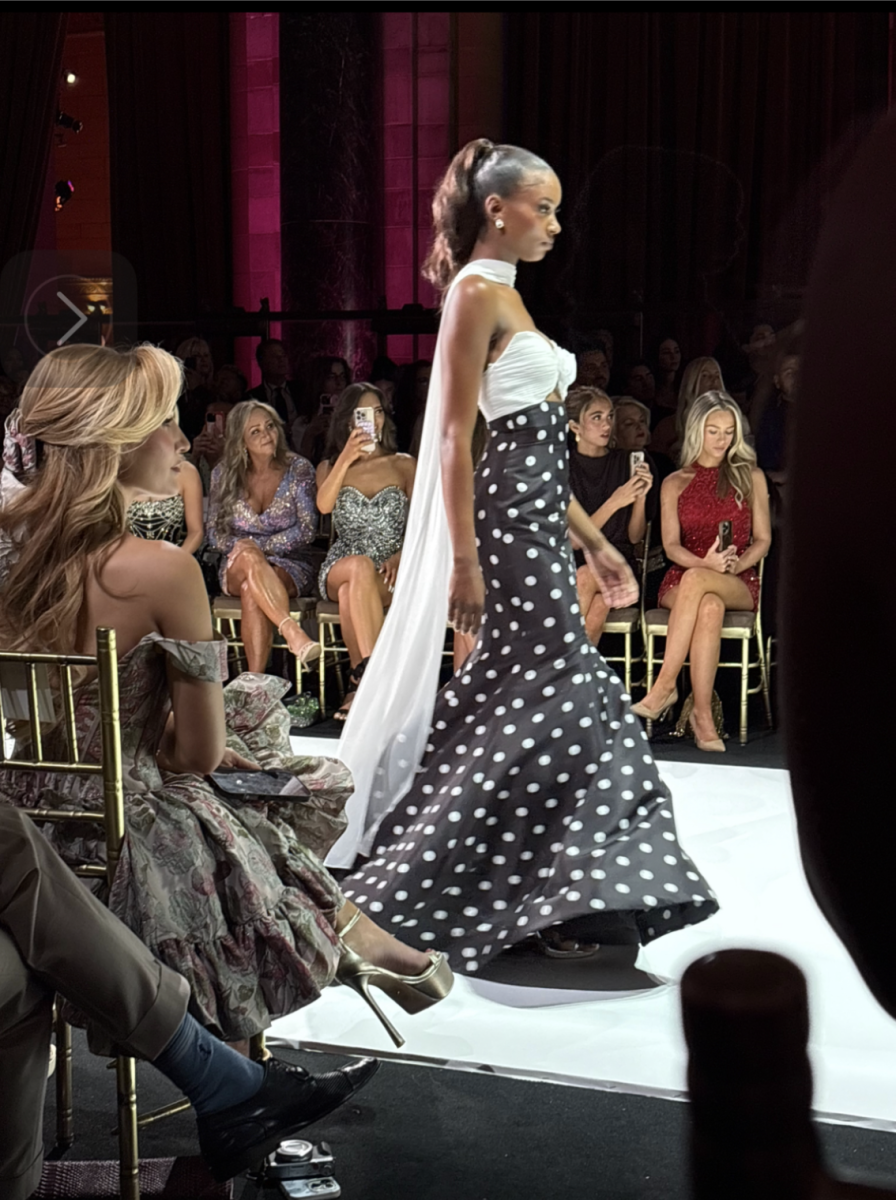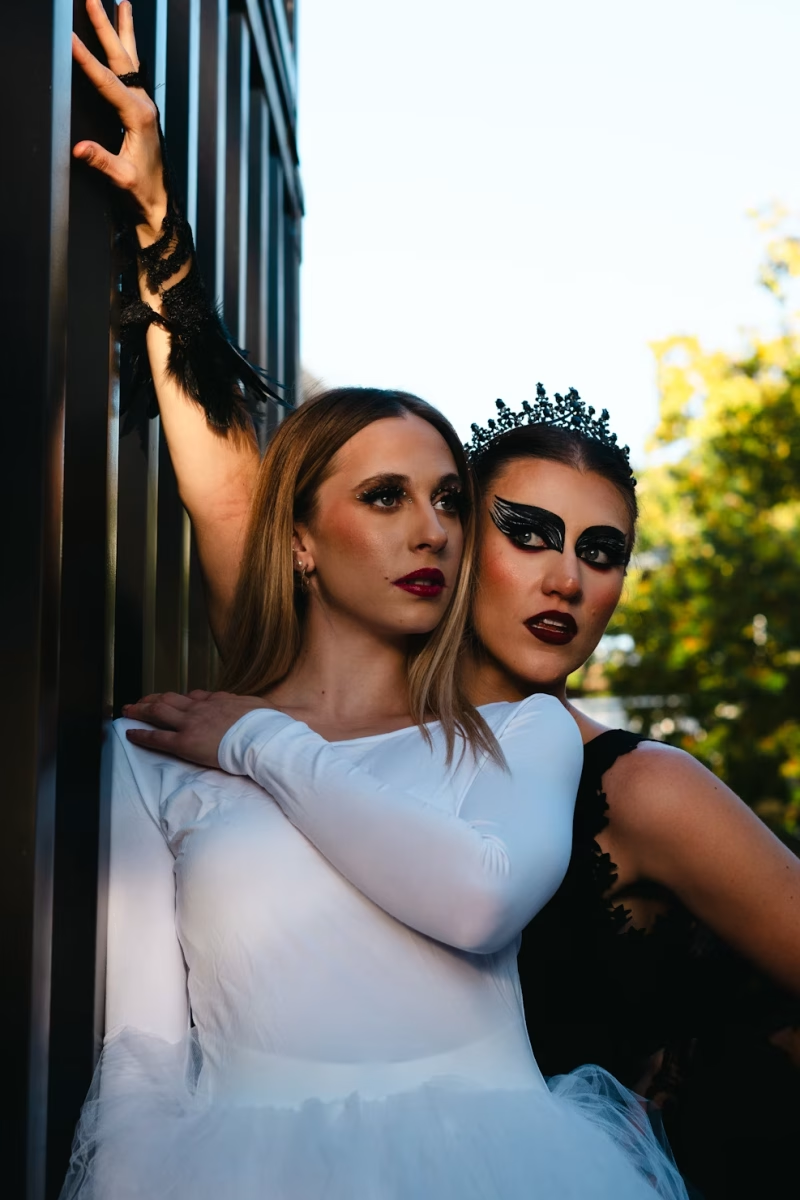Femininity and athleticism go hand-in-hand as female athletes increasingly embrace their feminine identities and challenge traditional norms. Femininity and athleticism are not mutually exclusive—both can and do exist at the same time.
Historically, sports have been dominated by masculinity. Athletic culture has viewed strength and aggression as masculine traits, with femininity seen through a negative lens. If masculine meant athletic, then feminine meant the opposite.
Female athletes started gaining more equality in sports since Title IX was enacted in 1972 to protect people from sex-based discrimination in education programs, including athletics. Even with this, stereotypes have long since prevented femininity from being accepted in sports.
A slow-moving culture shift within sports worlds is redefining what it means to have both strength and embrace being feminine.
Tennis player Naomi Osaka recently wore a vivid green, bow-covered outfit to the US Open.
“I wouldn’t automatically associate myself with being girlish when I’m on the court, but I tend to gravitate toward really beautiful and cute things,” Osaka said in an interview with The New York Times.
Even though Osaka said she doesn’t view herself as girlish while competing, fashion allows her to embrace her identity and combine two interests at once.
Osaka’s outfit is reminiscent of Serena Williams’ daring tutu at the 2018 French Open. This sparked debate over how female athletes choose to individually present themselves, not just outside of their athletic identity, but coexisting with it.
What you wear is part of how people perceive you, ultimately making fashion an important way to embrace femininity. Dressing in what makes you confident is a form of empowerment, which is important when competing in games. As Williams wrote in a letter to Elle, women should be judged by their achievements, not their gender.
Serena Williams’ sister and fellow tennis star, Venus Williams, has similarly been outspoken about the importance of gender equality in sports, as well as celebrating femininity on and off the court.
“I think it’s important for women to embrace our femininity as it fully is,” Venus Williams said in an article in Newsweek. “That’s anything from how you feel to how you express yourself. I don’t think we have to hide, we can fully embrace our femininity and let it shine.”
Giving attention to famous athletes like Osaka and Williams is part of how people can support greater change. When athletes are positively recognized for breaking out of the traditional masculine ideals, viewers and other athletes take notice.
Even athletes who don’t showcase their femininity through fashion on the court have found ways to show others their individuality. Through her Instagram and TikTok accounts, Simone Biles shares her experiences of balancing training with her personal life.
Biles shows her audience the power of social media, as it allows her to embrace and showcase her femininity. Talking frequently about her love of makeup and fashion, Biles challenges the preconceived ideas of what it means to be a female athlete.
Young female athletes are growing up in a time where they are not encouraged to sacrifice their individuality to be seen as powerful but are rather applauded for showcasing it. Famous athletes are increasingly being seen as strong and feminine, paving the way for what it means to be a female athlete.
Support Student Media
Hi! I’m Kayla Friedman, A Magazine’s editor-in-chief. My staff and I are committed to bringing you the most important and entertaining news from the realms of fashion, beauty and culture. We are full-time students and hard-working journalists. While we get support from the student media fee and earned revenue such as advertising, both of those continue to decline. Your generous gift of any amount will help enhance our student experience as we grow into working professionals. Please go here to donate to A Magazine.


















